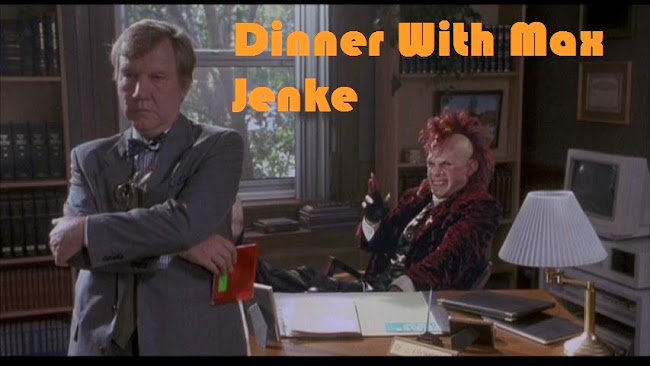 On the whole, seasoned genre buffs usually don't find much to be appalled by but the new indie film Deadgirl, co-directed by Marcel Sarmiento and Gadi Harelmight, might prove to be an exception. This is a film that boasts a genuinely queasy premise - if hard-up, socially regressive high school dudes came across a naked woman, chained to a bed in an abandoned hospital basement, and who just happened to be a zombie in no position to protest her mistreatment, would they fuck her? And the answer is: "of course". Not everyone would, no, but for some a free lay is an irresistible proposition. At that is just one of the nasty truths that drive Deadgirl.
On the whole, seasoned genre buffs usually don't find much to be appalled by but the new indie film Deadgirl, co-directed by Marcel Sarmiento and Gadi Harelmight, might prove to be an exception. This is a film that boasts a genuinely queasy premise - if hard-up, socially regressive high school dudes came across a naked woman, chained to a bed in an abandoned hospital basement, and who just happened to be a zombie in no position to protest her mistreatment, would they fuck her? And the answer is: "of course". Not everyone would, no, but for some a free lay is an irresistible proposition. At that is just one of the nasty truths that drive Deadgirl.I recently reviewed Deadgirl for Shock Till You Drop and while I felt that it didn't quite hit the mark as well as it could've and I gave it a corresponding 6 out of 10 review, I also think that it ranks as something more than just an interesting failure. It bottoms out too far from the finish line but yet I have a feeling that Deadgirl will have a longer stay in my thoughts than some movies that were more accomplished over-all. What it says about male sexuality and men's victimization of women has the uncomfortable air of truth and that makes it hard to push aside.
The main perpetrator of crimes against this dead girl, J.T. (Noah Segan), is a very plausible lowlife. As written by Trent Haaga and portrayed by Segan, J.T. is a loser's loser. What this dead girl is to him isn't just an outlet for his sexual frustration, but a receptacle for the anger he carries against his whole powerless, disenfranchised existence. J.T. doesn't just like to have sex with the dead girl, he enjoys brutalizing her as well. Ostensibly, he's had to harm her to prove to himself and others that she isn't, well, alive (as though that alone gives him permission to do what he pleases) - but the extent that he inflicts injury on her speaks to a rage that goes beyond sexual frustration. It's the kind of adolescent rage that fueled tragedies like Columbine - a selfish rage that inflates the importance of one's own pain but yet can't perceive the pain of others.
As a psychological study, Deadgirl is potent stuff to a point. It convincingly suggests that all some boys really want from the opposite sex is a black-eyed vessel to abuse in any way they please. As it progresses, though, Deadgirl loses some of its acuity to the service of plot points. It begins to feel less organic as more characters are introduced and the strengths and weaknesses of all the characters begin to feel more scripted than natural. As it gets closer to its third act, Deadgirl's moves become more conventional - even including a (living) damsel in distress during the climax as J.T. evolves into more of a scheming villain with plans of recruiting a reluctant buddy to his cause - and that, well, kills it.
I sorely wish the second half of Deadgirl had been as discomforting as the first. While it'd be wrong to accuse Deadgirl's conclusion of going soft (no pun intended), in making J.T. into a bad guy doing bad guy things, Haaga and directors Sarmiento and Harelmight minimize the troubling elements of the character and of the film as a whole. What we see early on in Deadgirl aren't actions born of love, or of friendship, but those of cold, clammy self-interest.














